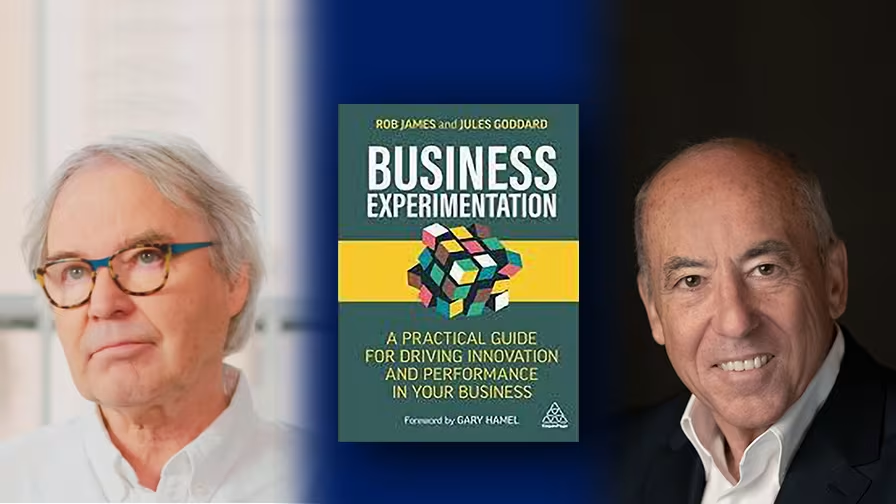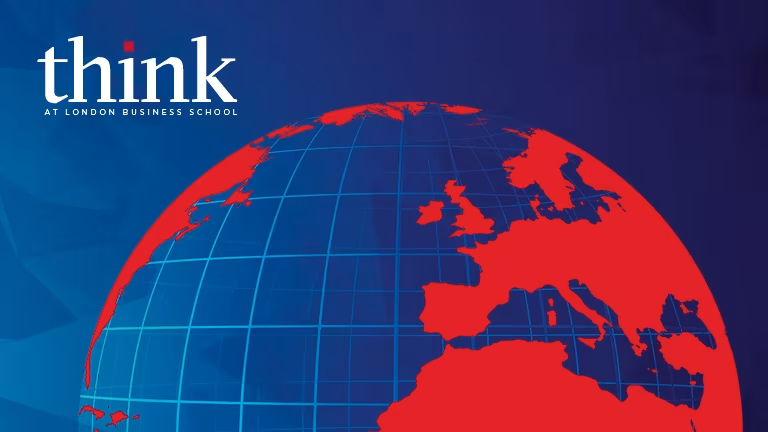The pandemic has seen a new wave of growth for the creator economy – and the advent of Web3 has the potential of fuelling an even bigger wave. In the coming year, one should heed the confluence of Web3 and no-code tools that will be built specifically on – or for – it. There are unique attributes of Web3 that could be highly attractive to creators. Those can transform the creation, distribution, and monetization of entrepreneurial offerings. For example, as a decentralised online ecosystem based on blockchain, Web3 may offer new ways to showcase and manage the provenance of creative offerings. Easy-to-use tools that harness this feature may be particularly attractive to creative individuals. In fact, they may bring about a notable expansion of the entrepreneurial ecosystem as it broadens to include those who previously lacked access to technological or business skills.
Standing at the start of 2022, one can easily recognise the growth that no-code tools and platforms brought to the creator economy. The ultimate use-case for Web3 remains unclear at this point, but one exciting trend to watch in the coming year would be the application and implications of Web3 tools and thinking in (re-)shaping the creator economy.
4. Proactive and defensive strategies will continue
Julian Birkinshaw, Professor of Strategy and Entrepreneurship; Academic Director, Institute of Entrepreneurship and Private Capital
Adjusting to Covid-19, there will be further variants and plenty of scares along the way, all part of moving into a phase of living with an endemic disease. Fortunately, this means that full-on lockdowns will be a thing of the past, but some sectors, notably travel, hospitality and tourism, will continue to struggle. We can expect government intervention in our daily lives to be greater than before, particularly in regard to vaccinations and rules for travel. We can expect some of the changes in consumer behaviour caused by lockdown to endure, such as our willingness to talk to our doctor, bank manager or lawyer over Zoom. And the workplace may never be the same again, with most companies adopting some sort of hybrid model.
Inflation is back; current levels in Europe and North America are 4-5% and once inflationary pressures start, they are hard to contain. Interest rates will inevitably rise as well. There are some silver linings here, however; underfunded pensions around the world will finally get some relief. But for the most part, inflation is bad for business, because it creates uncertainty and reduces investment. And it's also uncharted territory for anyone less than 50 years old, as the last period of significant inflation was more than thirty years ago.
We’ll also see a shake up in big tech. There are two big changes coming in this world. One is a stock market correction – the so-called Buffett indicator (market cap/GDP ratio) is at an all-time high, far higher than it was before the Internet bubble burst in April 2000. The other is new and potentially punitive regulations: minimum corporate tax rates, enhancements to consumer privacy and data protection, competition policy requiring sell-offs and even break-ups. Policymakers in North America and Europe are emboldened by recent successes and hungry for change.
Protectionism will continue. Covid was an acute reminder that global supply chains are efficient but not resilient, so governments are now questioning their dependence on others, and reinvesting in local sources for medical equipment and drug manufacturing. There was already a trend away from global free trade before Covid, and it seems likely these protectionist tendencies will hold sway in the short to medium term, as governments seek to take care of their own citizens first. For those in the UK, don’t expect big trade deals with other parts of the world any time soon.
Overall it’s a gloomy – but not disastrous – picture. As I have written in How Incumbents Survive and Thrive for Harvard Business Review (Jan-Feb 2022), firms should be both proactive and defensive when dealing with external threats. So keep your eyes open for the new opportunities, but make sure to get your defences in order first. 2022 is a year of retrenchment – an opportunity to take stock, get the basics right, and position yourself for the next upturn.
5. ESG integration in venture capital will boom
Luisa Alemany, Associate Professor of Management Practice; Academic Director, Institute for Entrepreneurship and Private Capital
Environmental, Social and Governance (ESG) factors will be in the agenda of European, and perhaps RoW, venture capitalists for 2022, having been widely incorporated by different types of investors, including asset managers, institutional investors, pension funds and insurance companies. Last year, for example, up to 30th November, $649 billion had already been poured into ESG equity funds, over $100 billion more than in 2020 and thrice the amount in 2019. It is estimated that ESG funds now account for 10% of worldwide assets and that a third of all professionally managed assets, or roughly $30 trillion, are now subject to ESG criteria.
According to a 2018 study, more than 70% of institutional investors integrated ESG considerations into the selection and management of their investors. In the venture capital (VC) world, however, this is yet not happening. Investors in this asset class, that selects the most promising startups and supports them with capital and strategic guidance, the so called “limited partners”, have not yet imposed ESG factors to the venture capitalists. The same limited partners have, on the other hand, requested private equity funds (the same asset class as venture capital) to do so.
We face complex challenges often attributed to the enormous footprint of established businesses, from climate change to the loss of biodiversity, from the energy transition to healthcare and growing inequality within and across countries. Large companies are trying to become part of the solution. Despite being unencumbered by complex bureaucratic processes, young, fledgling ventures are better-positioned to break away from the status quo and be “born-ESG”. VC has been a major funding force behind disruptive, high-growth startups – this is why it is so important that they integrate ESG factors as part of their own business model, as and when they select and fund these companies. The impact of their investments in those startups, with ground-breaking business models that will be solving some of society's most pressing problems, is significant.












